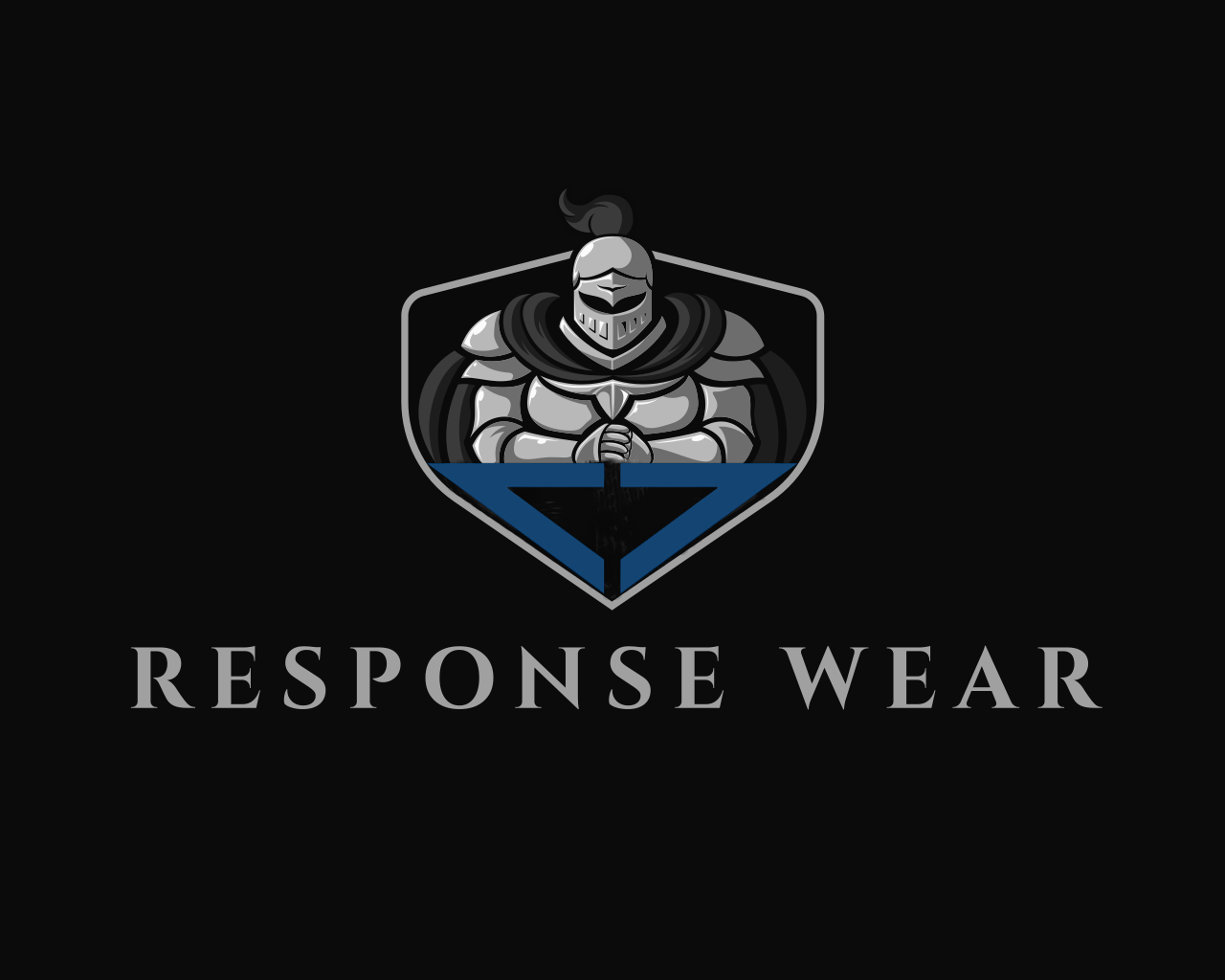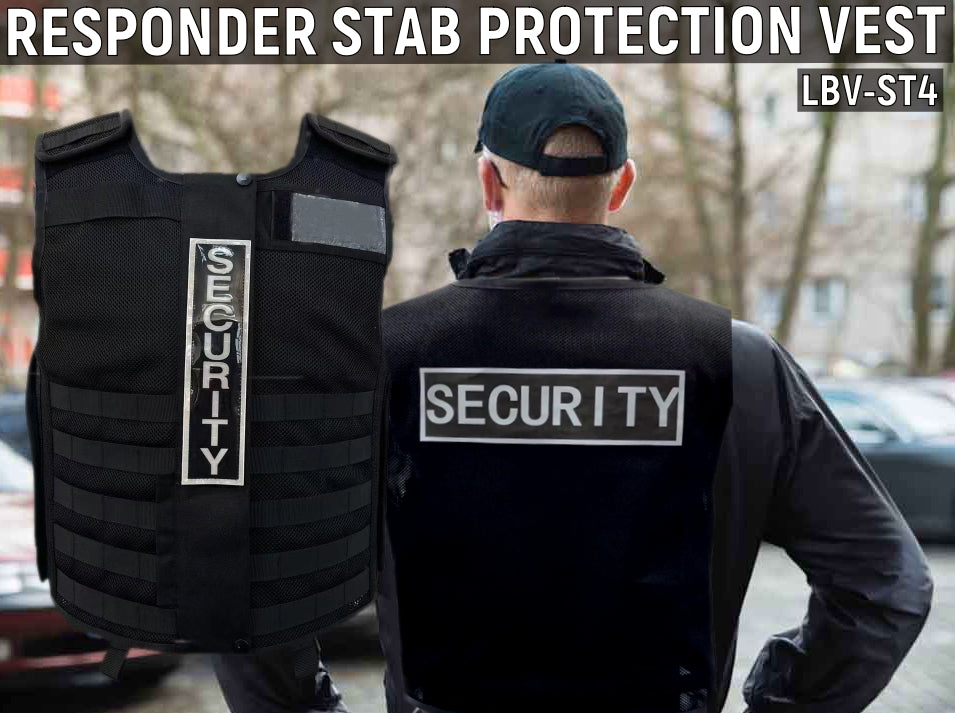Copyright - John Deighton - Response Wear Pty Ltd

Officers who wear their equipment on load-bearing vests experience significantly less hip and lower-back pain. The top request to company OH&S & Police departments in 2019 was to get rid of the traditional duty belt, in favour of load-bearing vests.
There are two main types of load-bearing vests. The first type that entered the market were tactical vests designed for SWAT and other tactical response teams that needed to carry a lot of heavy speciality tools such as magazines, flash bangs and much more. These vests are covered top to bottom and front to back with MOLLE loops that allow them to be infinitely customised.
The second major type of load-bearing vests are designed to match an officer’s underlying uniform in style and color and usually have a smooth mesh back with standard uniform pockets up top, and 2-3 rows of MOLLE loops at the bottom. Some uniform load-bearing vests open at the front using a zipper, Velcro or both. While some also open at the side.
While there are a few companies that sell load-bearing vests that cannot carry armor panels, most are designed to carry soft armor panels from the same manufacturer so that the net weight carried by an officer is roughly the same. Most uniform load-bearing vests also have pockets for rifle plates. In many cases, armor panels can be moved from an existing carrier to a new load-bearing vest, providing the same protection. This means that agencies can make a transition to load-bearing vests without buying new armor.
One important point is to match the carrier material to your uniform material to prevent color shift when they fade differently from sunlight or laundering.

